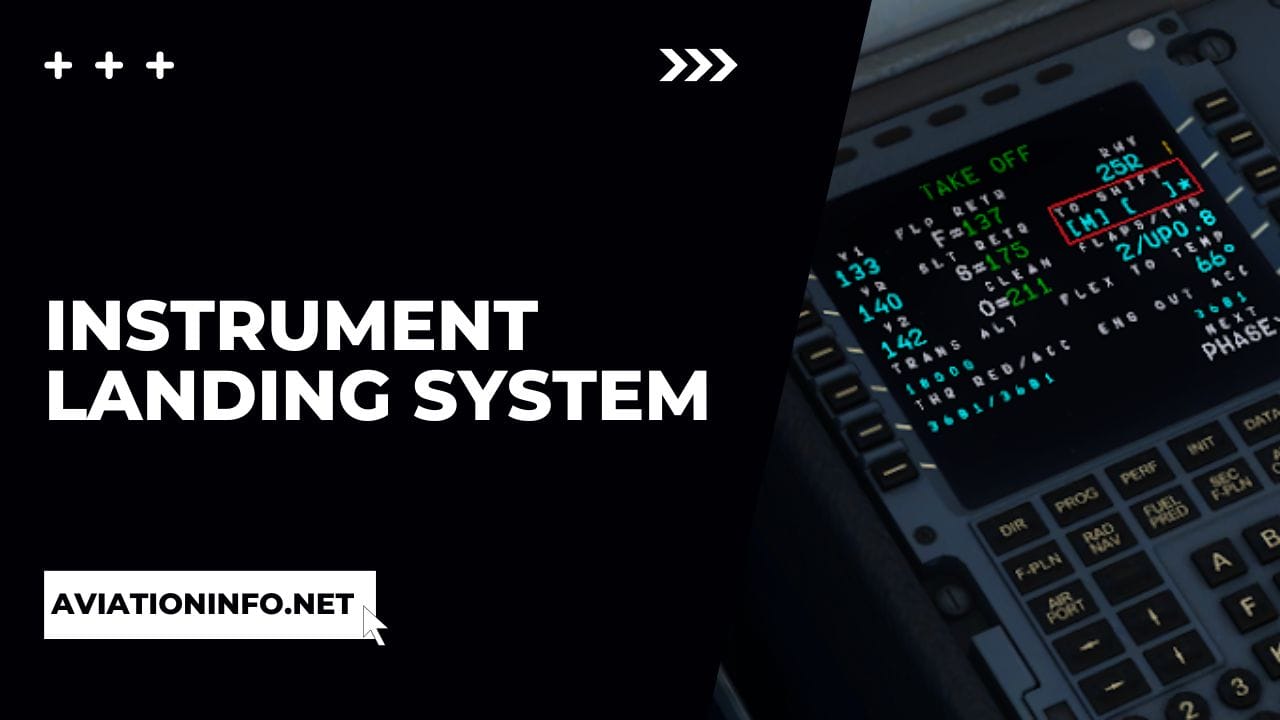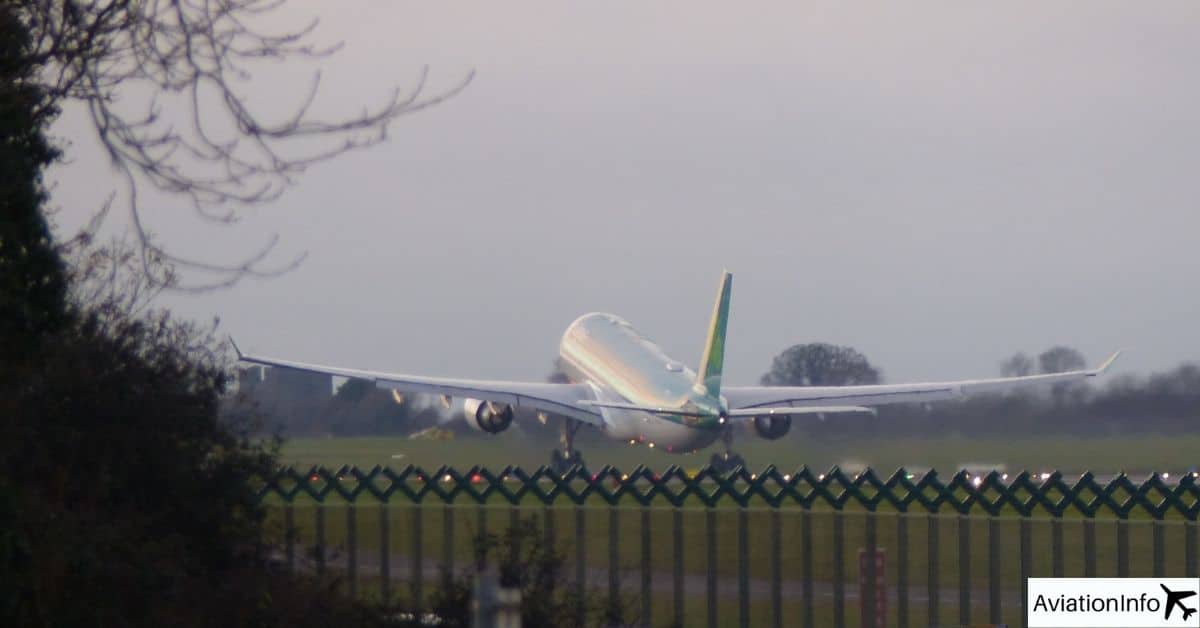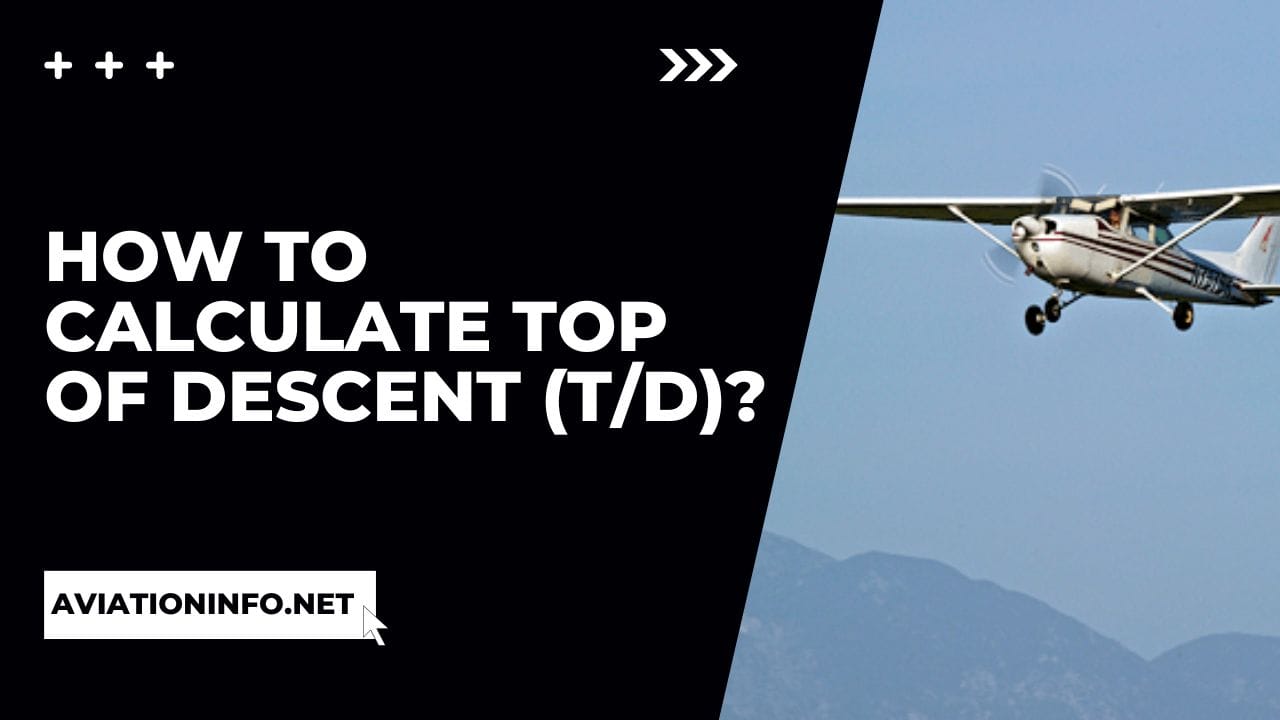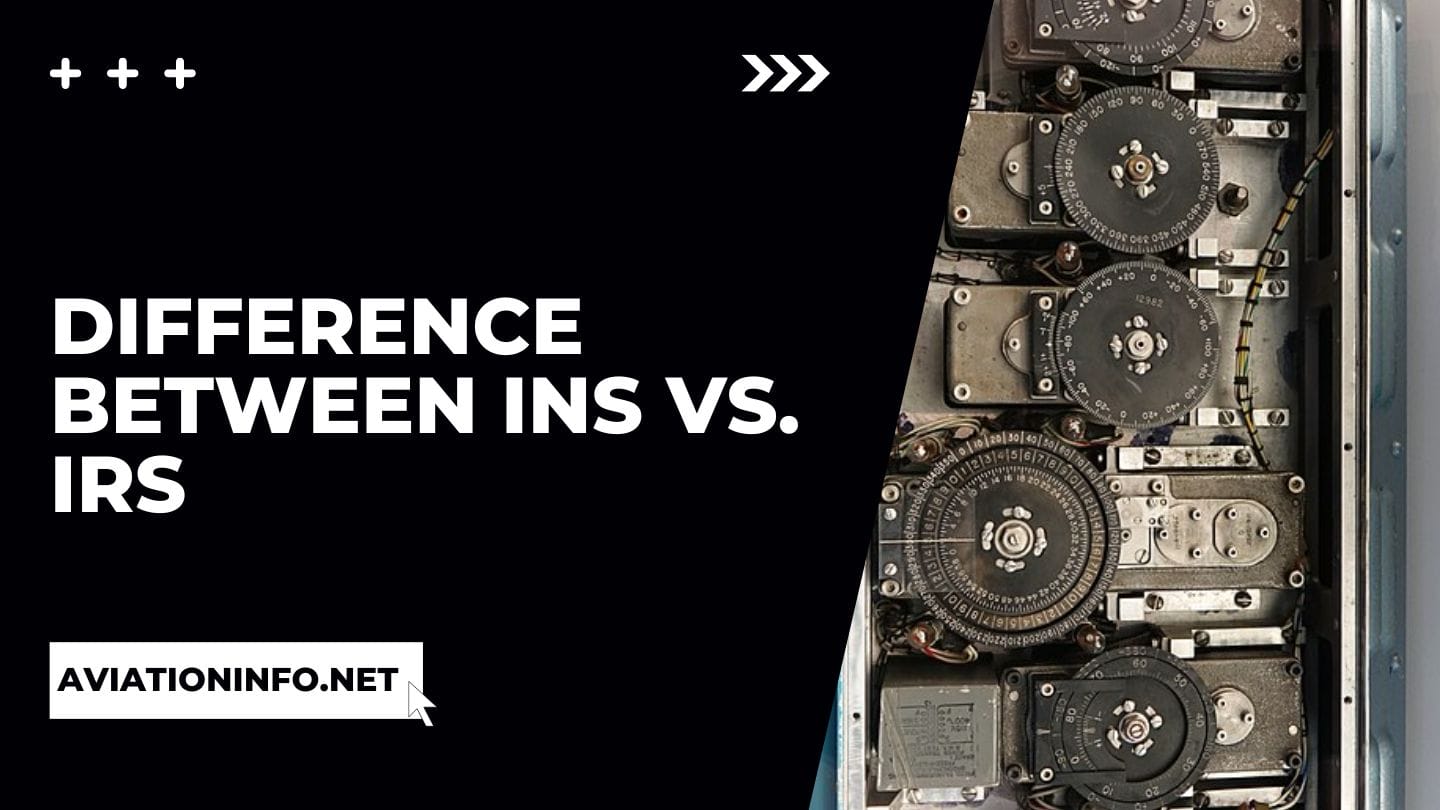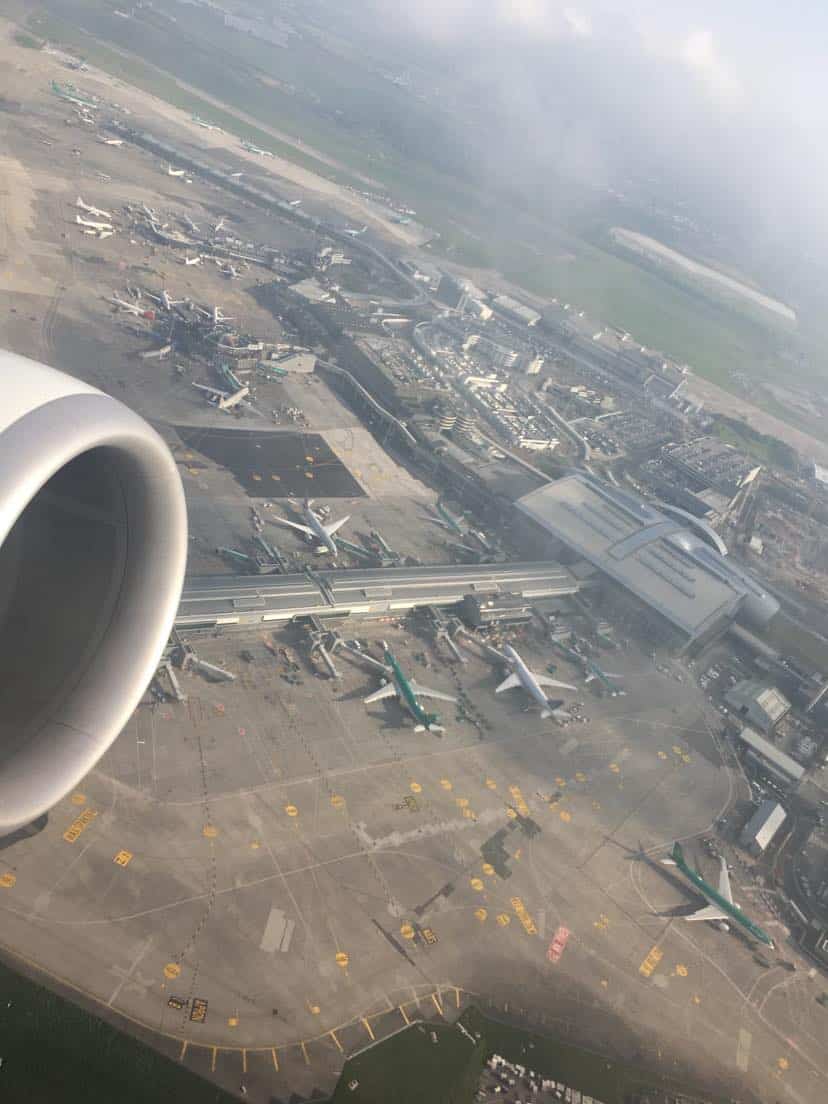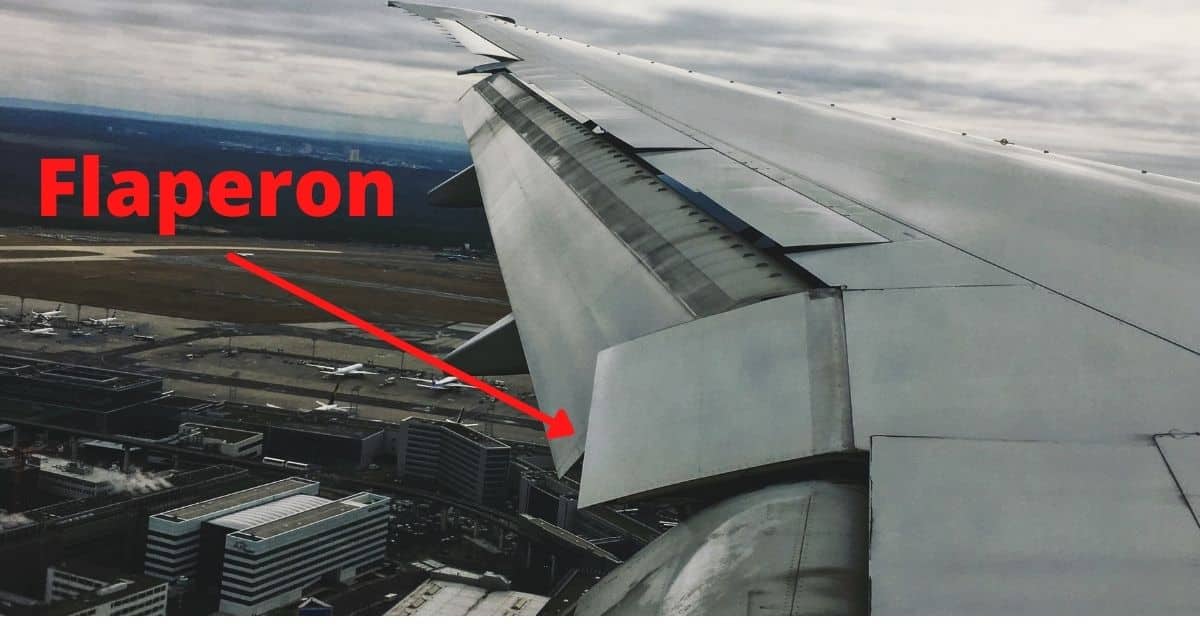ILS X/Y/Z – What’s the Difference?
On Instrument Approach Charts (IAPs), there are often instances in which the specific ILS approach is followed by a suffix, these suffixes can fall under letters -X, -Y, or -Z. So, what are the differences and reasoning behind these designations being assigned? According to Chapter 4 of the Federal Aviation Administration’s Instrument Approach Guide, the … Read more
